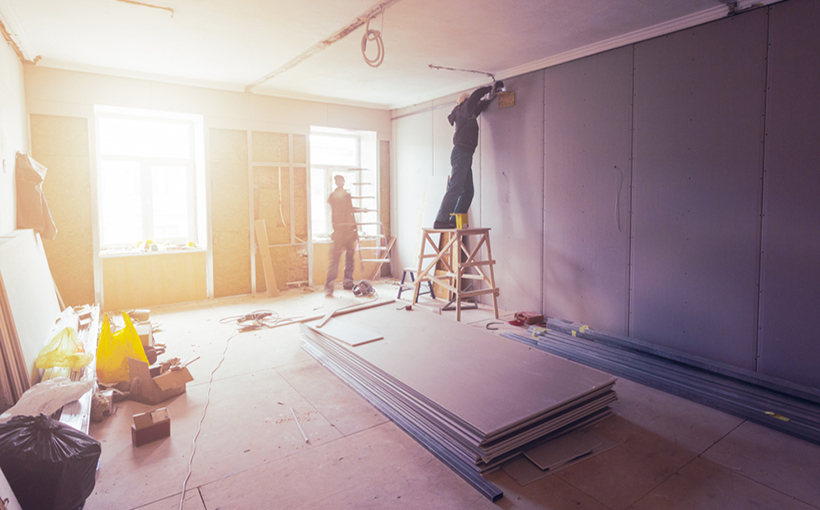Office-to-Multifamily Conversions: Examining the Feasibility of Brown to Green
The topic of office-to-multifamily conversions has been widely discussed and debated, with experts weighing in on the potential pros and cons. In their National Bureau of Economic Research paper titled “Converting Brown Office to Green Apartments,” authors Arpit Gupta, Candy Martinez, and Stijn Van Nieuwerburgh explore the feasibility of such conversions while acknowledging that only a small percentage of urban buildings may be suitable for this type of transformation.
The Potential Benefits
Like other arguments in favor of office-to-apartment conversions, these authors point out several potential benefits:
– Addressing housing affordability and scarcity
– Meeting slow demand for commercial office space
– Mitigating climate change hazards
– Breaking “urban doom loops” caused by underutilization or abandonment by businesses leading to decreased retail sales as well as lower property tax revenues.
Furthermore, they note that existing owners may struggle financially due to reduced cash flow from underutilized offices which could make it difficult for them to afford greenhouse gas emissions fines or invest in retrofits aimed at improving energy efficiency.
Not All Buildings Are Suitable Candidates
However, not all office buildings are feasible candidates for conversion into green multifamily units. To identify a sample group consisting solely on plausible conversion candidates within New York City’s midtown and downtown Manhattan areas developed before 1990 with lower quality structures (for an optimal transition), larger than 25k square feet offering shallower floor plates without major long-term leases were selected using an algorithmic approach. Extrapolating this data nationwide yielded a final sample size totaling approximately 2.6k properties representing around eleven percent (11%) high-density urban area offices equaling two hundred fourteen million square feet (214M sqft).
Additionally Considerations Were Made Including Before-Tax IRRs For Developers Yielding A Projected IRR Of Over Sixteen Percent
The authors also considered other factors such as before-tax IRRs for developers, which yielded a projected IRR of 16.8%. However, they caution that developers should not undertake these projects alone and suggest that local municipalities offer flexibility with zoning requirements and direct subsidies while the federal government could provide renewable energy tax credits and affordable housing developments. They conclude by stating that “the surge of remote work has introduced a unique challenge for policymakers,” but it also presents an opportunity to invest in the future urban environment.




